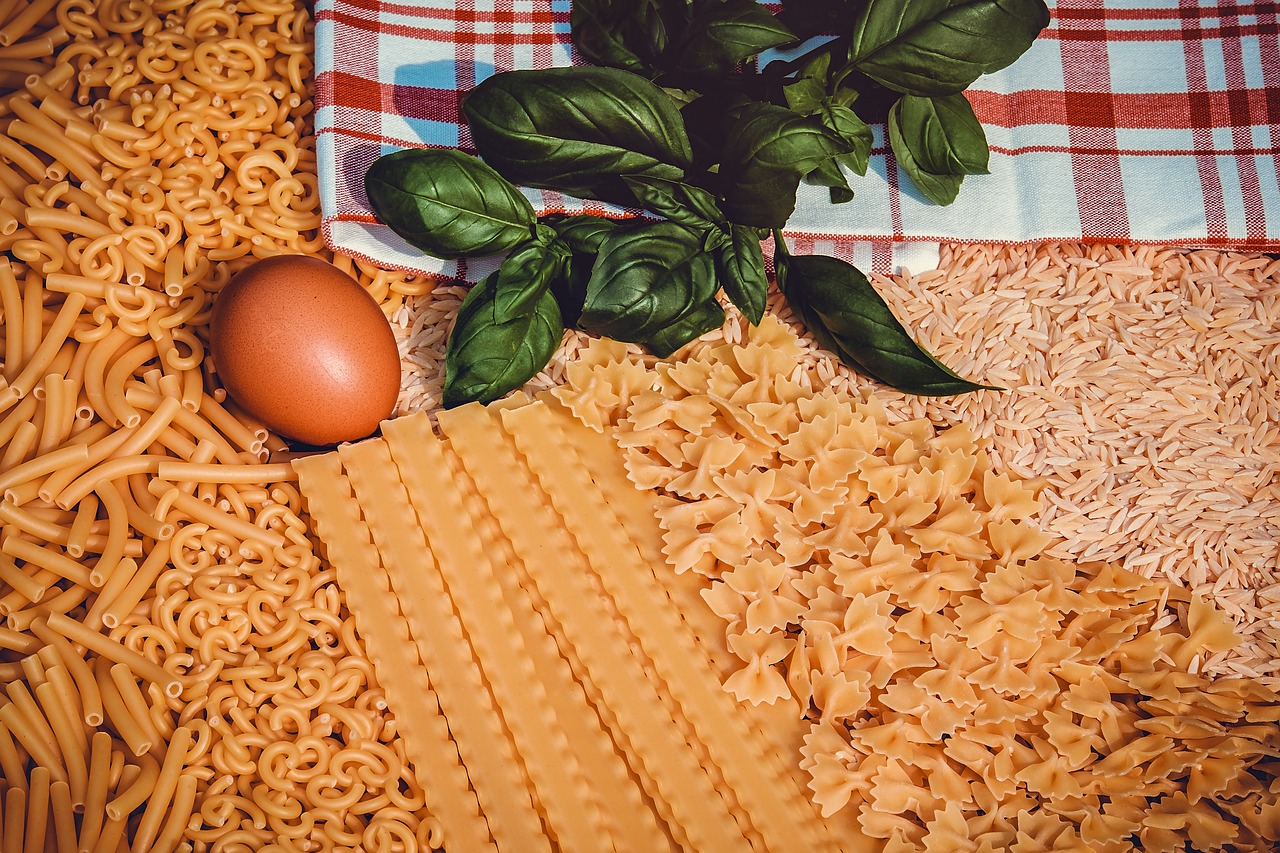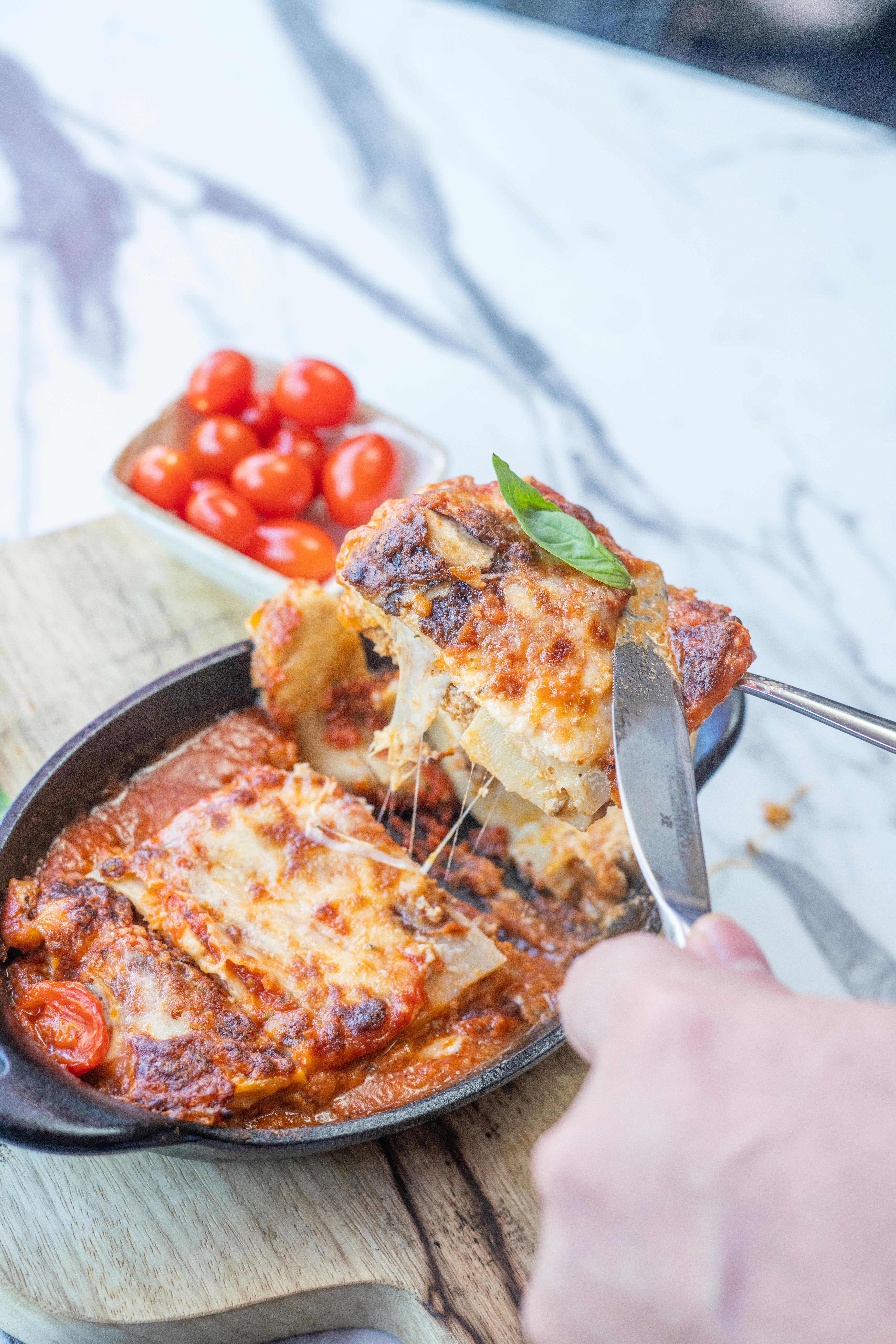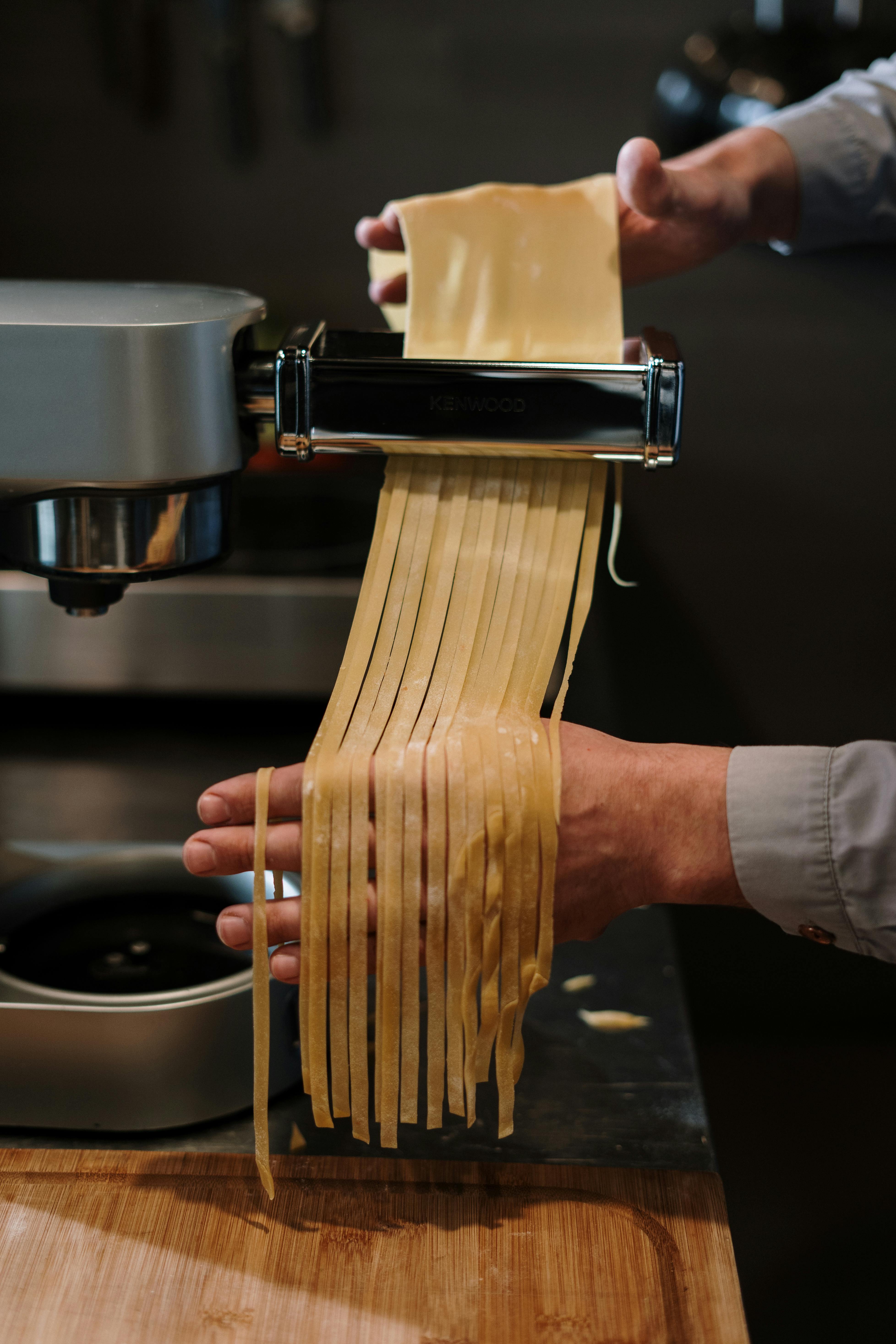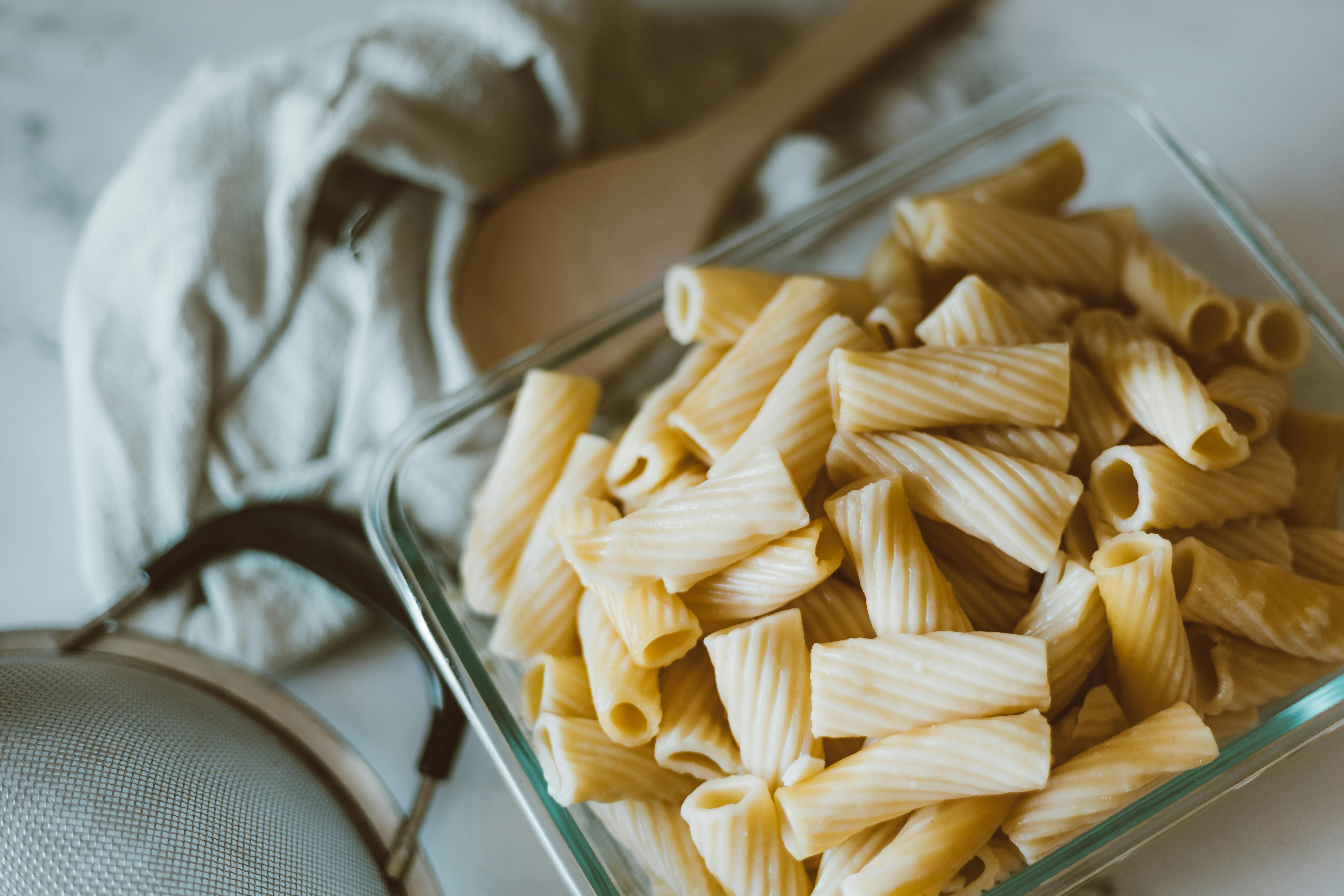The Quiet Drama of Choosing the Right Pasta Shape

The shape of your pasta is a decision that seems trivial but is actually fraught with nuance, science, and, dare I say, destiny. Let’s peel back the layers of this conundrum like a well-sauced lasagna and get to the heart of why this is one of the greatest culinary debates of all history.
Why Do We Care About Pasta Shapes?
Because we’re not savages. Pasta isn’t just food; it’s an art form. The right shape elevates the eating experience, turning a dish from “good” to “life-changing.” Every shape has a history, a purpose, and a personality. The wrong choice? A crime against carbs.
We care because texture matters. We care because sauce deserves better. We care because what’s the point of being human if not to pair fusilli bucati with a robust meat ragù whenever the occasion permits?
What Should We Prioritize When Picking a Pasta Shape?

If you’ve read my other pasta articles, you’re already ahead of the crowd, but let’s boil things down to a few basic principles for selecting the perfect pasta shape.
- How viscous is the sauce?
A heavy meat sauce? You need a pasta that can handle the weight without folding under pressure. Think sturdy shapes like rigatoni or pappardelle. A light oil-based sauce? You’re better off with something delicate, like capellini. But basically, the more textured the sauce, the less textured the pasta should be. - Do you need structure or chaos?
Structured pastas like penne are precise—ideal for clean bites. Chaotic pastas like mafaldine or cavatappi bring drama, tangling wildly with sauces and trapping flavor in every curl. Structured pastas give you control, but you don’t always want control. - What kind of tactile experience do you want?
Do you want the pasta to feel robust and chewy, or delicate and ephemeral? Sticky and clingy, or playful and bouncy? How do you want to grab—with lots of stabby stabs? Twirling it? How about slicing it? - What’s the vibe of the dish?
Rustic, cozy vibes? Go thick and hearty. Sleek and elegant? Go smooth and minimalist. Play to the emotional tone of your meal like the high-stakes pasta sommelier you are.
Why Do Different Pasta Shapes Exist?

Italy is a country of hyper-regionalism. Different shapes arose from local ingredients, cooking methods, and traditions:
- Ribbons (tagliatelle, pappardelle) were born in Emilia-Romagna, where egg-based doughs pair beautifully with buttery ragùs.
- Tubes (rigatoni, ziti) dominate Southern Italy, where tomato sauces and baked dishes reign supreme.
- Tiny shapes (orzo, ditalini) make sense in soups or stews, where you don’t want a big mouthful of noodle.
The Science Behind Pasta Shape and Sauce Pairing

This isn’t just tradition. There’s real physics and culinary chemistry happening:
- Surface Area: Flat shapes (like lasagna) excel at layering sauces because they maximize surface area. Tubular shapes (penne, rigatoni) trap sauce inside for little bursts of flavor.
- Ridges: Ridged pasta, like rigatoni, grips onto thicker sauces, preventing them from sliding off like a sad raincoat. This ensures every bite has equal sauce distribution.
- Hollow or Twisty Shapes: Spiral shapes like fusilli or cavatappi create nooks and crannies where sauce can pool, delivering flavor bombs with every bite. Hollow pastas (bucatini) act like tiny straws, slurping up liquid-based sauces.
- Weight and Sauce Density: Thinner, lighter shapes (angel hair) are ideal for delicate oil or seafood sauces that would overwhelm heavier noodles. Conversely, a rich bolognese needs a broad canvas like pappardelle or a sturdy, ribbed tube like rigatoni.
Specific Pasta Shapes for Specific Dishes (and Why)
- Spaghetti: Perfect for marinara or carbonara. Its smooth surface lets oil-based sauces cling beautifully.
- Rigatoni: Made for thick, chunky sauces like bolognese. Those ridges and tubes? Sauce magnets.
- Farfalle (bowties): Best for creamy or cheesy sauces—it feels whimsical but holds its structure.
- Pappardelle: Thick, wide ribbons for rich, meaty sauces like short rib or wild boar ragù.
- Orecchiette: The little “ears” scoop up hearty sauces, often sausage or broccoli rabe-based.
- Orzo: Soup MVP. Its tiny shape evenly distributes in broth, never hogging the spotlight.
The Most Versatile Pasta Shapes vs. the Most Niche
Versatile Kings:
- Spaghetti: The neutral workhorse. A blank slate that works with anything from marinara to aglio e olio.
- Penne: Ridged or smooth, it handles tomato, cream, or baked dishes equally well.
- Mafaldine: Long, curly-edged ribbons—excellent with seafood or delicate cream sauces but weirdly specific in its vibe.
- Radiatori: Shaped like radiators, they’re amazing for catching chunky sauces but are so niche you’ll never find them unless you’re shopping at a bougie Italian market.
- Bucatini: That hollow center is magical with amatriciana sauce, but try slurping it in public without looking like a mess.
In conclusion, selecting pasta is an artful science, a delicate balance of sauce physics, culinary tradition, and emotional resonance. When you pick the right shape, you’re not just eating—you’re engaging in a ritual that connects you to history, chemistry, and the essence of comfort food. So, next time you’re in the pasta aisle, take your time. The drama is worth it.
 Matthew Christensen
Matthew Christensen
Weekly Newsletter Contributor since 2023
Email the author! matthew@dvo.com
